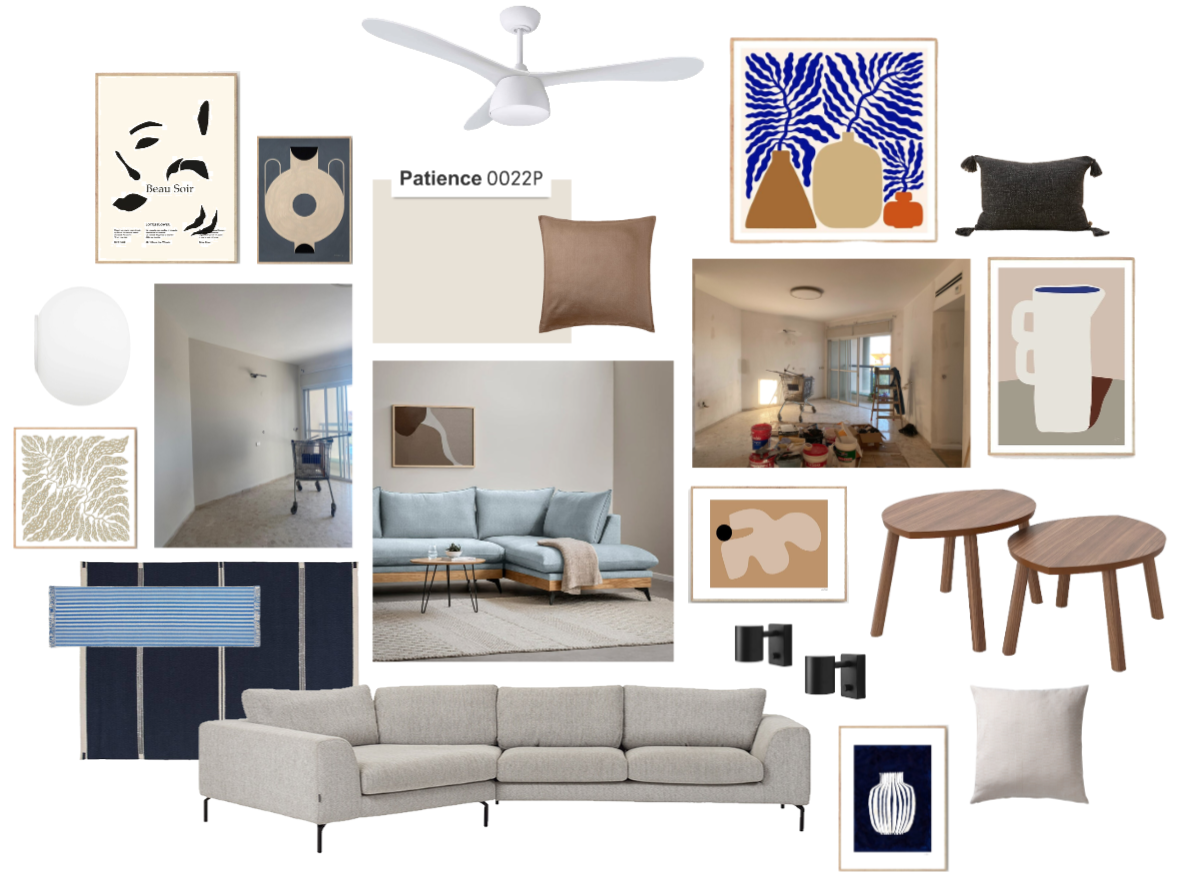Notes on Air Conditioning Systems
Shimon Alperet of Avoda Tova ran a great seminar for interior designers yesterday on types of air conditioning systems. A few notes:
Types of Air Conditioning Systems
Models aside, there are two ways an air conditioner can work:
ON/OFF - Always runs at full power; when it reaches the desired temperature, it turns off, then back on again when temperature changes; makes air dry; energy bills are much higher; loud; unit is cheaper than inverter
INVERTER - Compressor does not run at full power, rather keeps working at a lower intensity; maintains desired room temperature; lower energy bills (by 30-50%); at times better left on and running than constantly powered on and off; quieter; unit is more expensive
If you plan on using your AC a lot (like we do in Israel), the inverter technology may be the best investment for the long haul.
If you opt for ON/OFF, you can choose to install:
Individual units in every room, or
Central air conditioner (mini mercazi), which will send air to every room from a central unit; cannot adjust temperature per room
If you opt for an INVERTER system, you can choose between:
Single - One outdoor unit connected to one indoor unit (for targeted air in a single room)
Multi - One outdoor unit connected to multiple indoor units; each indoor unit can be run independently; saves space outdoors; energy efficient; each indoor unit must be connected to the outdoor unit with cables / piping / tzinorot
VRF (variable refrigerant flow) - Each room’s temperature can be controlled individually and precisely, with one main unit outside; ductless — no tzinorot need to be funneled outside to the main unit, so nothing gets in the way of the air; saves space structurally; works well with long distances / large spaces; expensive
Types of Vents
Decor vents (image source)
Decor - Older vent model; more affordable; can come in any size you want
Slot - Typically two or three air passageways that create a modern, streamlined look; can result in some excess air waste, but often a go-to for designers for aesthetic reasons
Slot vents (image source)
Rona vents (image source)
Rona - A thin line on the ceiling, about twice the price of slots
Jettim - Circular jets for moving air efficiently in large, high-ceilinged spaces
Jettim vents (image source)
Tips
Who makes the nicest vent solutions (and most expensive, about 3x): OpenArt
Make sure your air conditioner technician properly accounts for avir chozer (return air); return ducts bring air that has been warmed or cooled back to your main unit (source).
One designer told the story of a technician who did not account for avir chozer properly and a giant gust of air prevented a door from being closed.
Ideally, return air ducts can be passed right underneath or next to the main air ducts within the drywall.
Consider leaving at least 10cm of space behind your kitchen cabinets for avir chozer to run through.
One designer said she always makes her 60cm-deep kitchen cabinets 80cm out to align with standard refrigerators that would otherwise stick out — those remaining 20cm in back work great for funneling out avir chozer.











